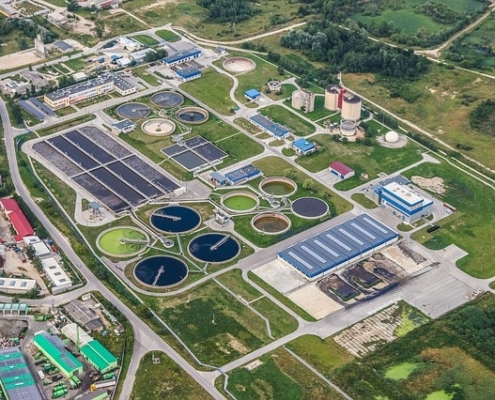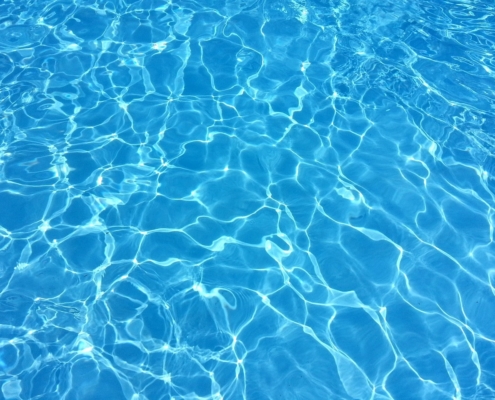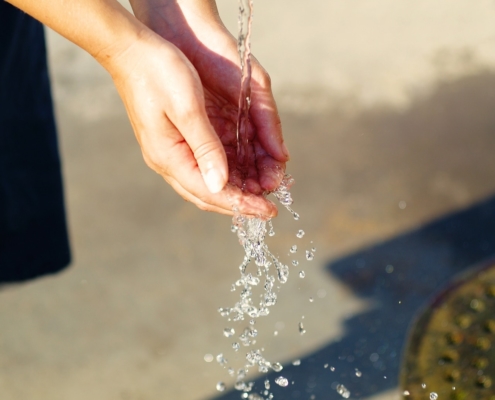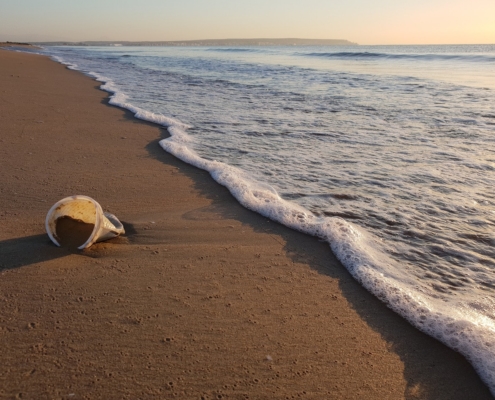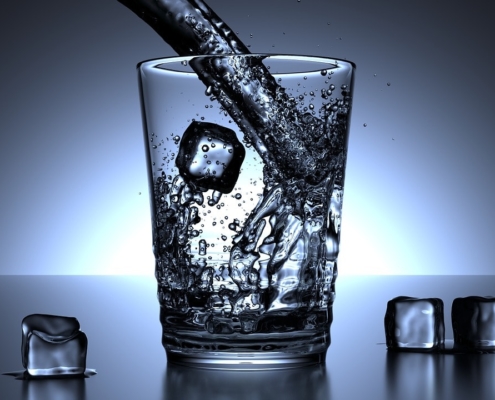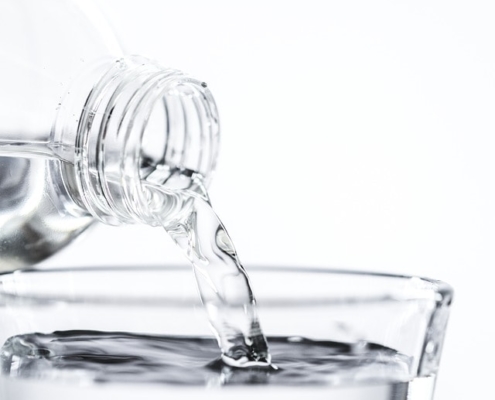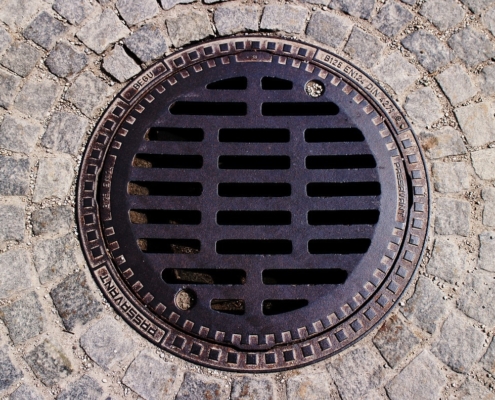 https://riefilt.de/wp-content/uploads/2019/07/channel-1692671_1280-min.jpg
856
1280
Alexander Riebe
https://riefilt.de/wp-content/uploads/2023/09/RIEFILT-Wort-und-Bildmarke-300x38.png
Alexander Riebe2019-09-22 21:42:292019-09-22 21:42:29Drinking water pollution - reasons & countermeasures
https://riefilt.de/wp-content/uploads/2019/07/channel-1692671_1280-min.jpg
856
1280
Alexander Riebe
https://riefilt.de/wp-content/uploads/2023/09/RIEFILT-Wort-und-Bildmarke-300x38.png
Alexander Riebe2019-09-22 21:42:292019-09-22 21:42:29Drinking water pollution - reasons & countermeasuresWastewater treatment – What happens to our wastewater?
The surface of the earth consists of two-thirds of water, but only about 3% of the total resources represent vital freshwater. On average, every German consumes 140 liters of water per day, of which alone about 30 liters go back to the toilet flush. In this respect, considering the current and probably more frequent droughts in the future, the question of wastewater treatment arises: What happens to our wastewater and which future-oriented developments are there?
Worth knowing about wastewater treatment in Germany
The term sewage is defined in clause 54 of the Water Resources Act (WHG). In this respect, it is contaminated by use in the domestic, commercial or agricultural field and drained water. Rainwater is also considered wastewater. This is fed into the sewage system and led from there to sewage and wastewater treatment plants.
Why does a wastewater treatment have to be carried out?
The need for wastewater treatment can be seen by looking at its ingredients: while so-called carbon monoxide such as glucose or uric acid are biodegradable, pollutants and contaminants can have serious consequences for the health of humans and animals. In this context, poisons, heavy metals, bacteria, viruses and oils should be considered. In view of this, wastewater treatment must pursue the objective of filtering out the mentioned groups of substances. This is typically done in sewage treatment plants in three stages. It is of central importance that wastewater after treatment is mostly not used as drinking water, even if this is technically possible. Rather, it is returned to rivers and lakes after professional wastewater treatment. Drinking water is typically extracted from groundwater or springs in Germany and many parts of the world.
The three stages of wastewater treatment in sewage treatment plants
The wastewater treatment takes place first in a primary clarifier. In this context is also spoken of the mechanical wastewater treatment. Undissolved substances such as toilet paper and faeces settle in this pool, settleable substances float on the surface. In this way, the so-called primary sludge is formed, with which just under one third of the organic matter can be removed. The resulting turbid water is pumped off and fed to further purification processes in the sewage treatment plant. In order to separate coarse solids, instruments such as rakes or light material separators can also be used.
Biological and chemical wastewater treatment
The next stage of wastewater treatment is about biological aspects. Natural processes are mimicked to allow for efficient water purification. Experts speak in this context of the metabolization of organic substances. In biological sewage treatment plants, the supply of oxygen is used to accelerate the purification processes.
In the final step of wastewater treatment, chemical processes are performed. Typically, the previously clarified water is neutralized by the addition of caustic soda or lime. In this process, salts and colloids can precipitate. Depending on the size and nature of the wastewater treatment plant, various processes can be used in chemical wastewater treatment. In this context, mention should be made of ion exchangers, flotation or the membrane process. The water that finally leaves the treatment plant is – scientifically correct – clean, but not pure. Given the high demands on drinking water, it would be out of the question for consumption. However, some sewage plants use UV light to efficiently kill bacteria, germs and viruses. In other systems special filters are used for filtering. Only this ‘special treatment’ in wastewater treatment ensures unscrupulous drinking water quality.
“New Water” Approach: Drinking water production from wastewater
For many, it may be a daunting idea to enjoy former water from the toilet as a refreshing drink in the glass. And it is precisely this social acceptance that keeps this ‘New Water’ approach within the meaning of sustainable recycling within narrow limits. Due to the limited resources of groundwater and fresh water, the production of drinking water from wastewater will eventually become a reality. The water supply in the metropolis of Singapore shows that this is already possible to a great extent today. In order to shape the image for this approach from the very beginning, the water utilities decided to use the term ‘New Water’. In this alternative way, a good third of drinking water is now being won in Singapore. Also in California there is a modern facility for this resource-oriented form of wastewater treatment.
Water recycling in Germany?
In Germany, the trend can be seen that so-called greywater plants for wastewater treatment are increasingly being installed in residential buildings or commercial real estate. Gray water refers to wastewater that occurs during showering, bathing or washing hands. A greywater plant reprocesses the water so that it can be used for watering or toilet flushing. In this environmentally conscious way, water consumption per capita can be significantly reduced in the long term. If you pursue this goal, you can invest in such an investment.
Outlook on the future of wastewater treatment
In the face of water scarcity, scientists are already talking about a pending paradigm shift: in the future, it will increasingly be the case (have to!) To treat wastewater so that it can be used as drinking water. The first successful examples already exist, as are the necessary filter and disinfection techniques. With the finest pores in special membranes, practically everything undesirable can be removed from waste water, UV light ensures the final disinfection.
To initiate a turnaround in wastewater treatment will also require a rethinking of the people themselves. It is important to create social acceptance for new technologies in this area. In the private context, you may also wonder whether tap water can be consumed without hesitation. The answer is yes, because research shows that tap water with soda and Co. can easily keep up. With water treatment there are numerous possibilities in the household to steer the quality in a certain direction.
Service
Read more about our services.
Our B2B Shop
Visit our B2B Shop for filter equiptment
Contact
Get in touch.


